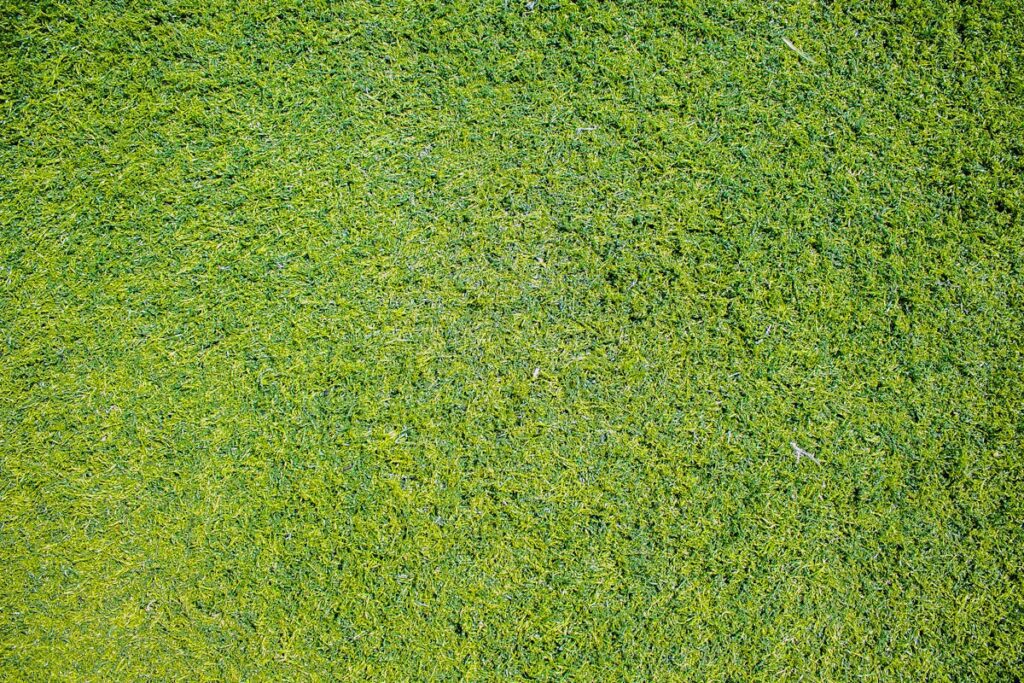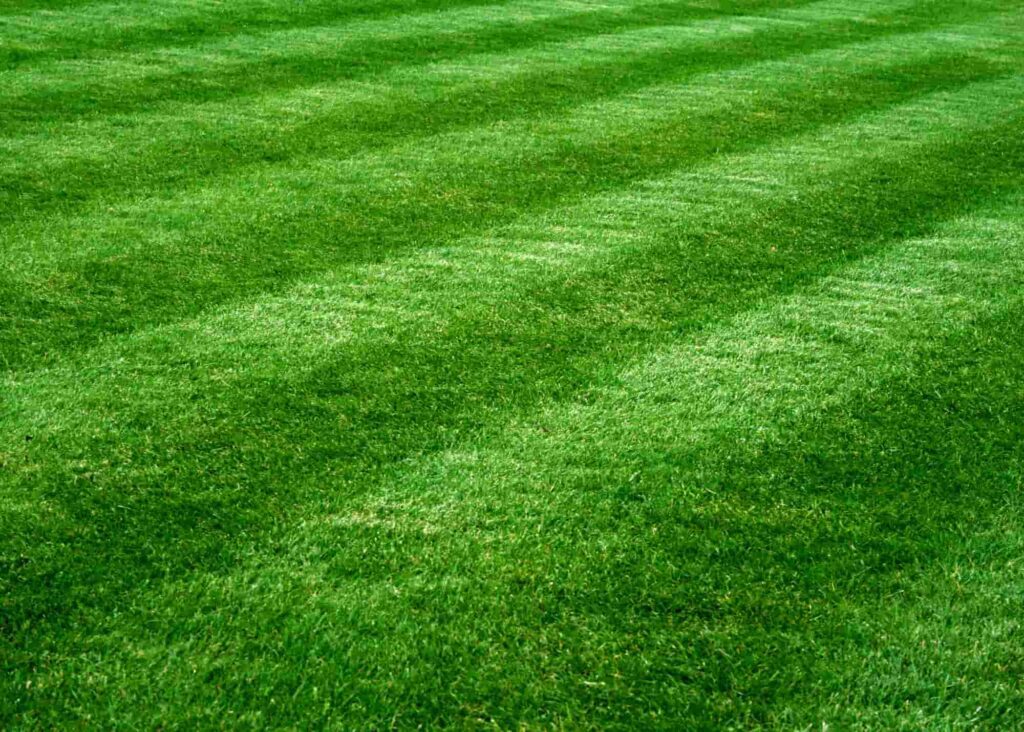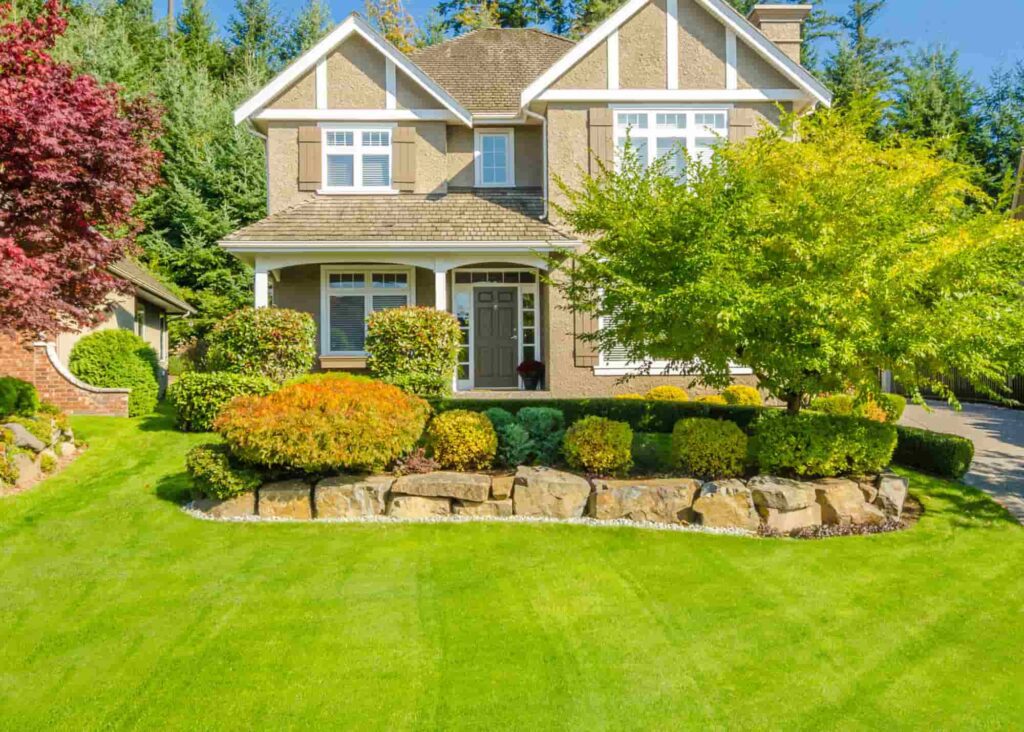If your yard turns into a mini pond every time it rains, a lawn pop-up drain (also called a pop-up emitter) might be the solution you need. These clever systems help redirect excess water away from your lawn and foundation, protecting your property from flooding, erosion, and water damage. In this guide, we’ll explore how pop-up drains work, their components, installation tips, and maintenance considerations — everything you need to know to keep your yard dry and healthy.
What Is a Lawn Pop-Up Drain?
A lawn pop-up drain is a small yet powerful component of an underground drainage system designed to manage stormwater and runoff. It works by collecting water from low areas, such as near gutters, downspouts, or soggy lawns, and releasing it safely at a designated discharge point. When water pressure builds up in the system, the emitter cap “pops up,” allowing water to escape. Once the water flow stops, the cap closes again, blending seamlessly with your lawn.
These systems are popular for residential landscapes because they are effective, discreet, and easy to maintain. They can handle moderate rainfall and prevent many common issues like pooling, mosquito breeding, and soil erosion.
Key Features and Benefits
- Prevents pooling and erosion: Keeps your lawn dry and prevents landscape damage.
- Low-profile design: The cap sits flush with the ground, so it doesn’t interfere with mowing or foot traffic.
- Protects structures: Directs water away from foundations, basements, and patios.
- Low maintenance: Simple design with minimal moving parts.
- Eco-friendly: Helps control runoff and prevent pollutants from entering storm drains.
How a Lawn Pop-Up Drain Works
The system relies on water pressure and gravity to function. Here’s the process step-by-step:
- Collection: Water from downspouts, catch basins, or low-lying areas enters the underground drainpipe.
- Flow Through Pipes: The water travels through buried pipes that lead to the pop-up emitter, usually installed in a more elevated or open part of the yard.
- Emitter Activation: When enough water pressure builds up, the emitter cap automatically pops open, releasing water onto the surface.
- Discharge: Water flows out and disperses safely over the grass or into another drainage area.
- Closure: Once the flow stops, gravity or a built-in spring closes the cap, keeping debris and pests out.
Main Components of a Pop-Up Drain System
- Inlet: The entry point for water. This could be a catch basin, yard drain, or a direct connection to a downspout.
- Drainage Pipes: Usually made of PVC or corrugated plastic, these underground pipes carry water to the discharge point.
- Pop-Up Emitter: The final exit for water. It’s installed flush with the lawn surface and pops open under pressure.
- Discharge Area: The location where the water exits — ideally a grassy area, street curb, or other safe drainage zone.
Installation Overview
A pop-up drain system is relatively simple to install, but precision matters. Here’s what’s involved:
1. Plan the Layout
Identify where water collects and choose a discharge point that allows proper flow away from the house. Ensure the drainage path has a slope of at least 1–2% (roughly 1/8 inch per foot) to keep water moving.
2. Dig Trenches
Excavate trenches about 6–12 inches deep for the drainage pipes. The trenches should slope gently toward the emitter.
3. Lay the Pipes
Use PVC for durability or corrugated pipes for flexibility. Connect them to the catch basin or downspout and run them toward the emitter.
4. Install the Pop-Up Emitter
Position the emitter at ground level in the discharge area. Secure it tightly to prevent movement, and make sure the cap sits flush with the soil.
5. Backfill and Test
Cover the pipes with soil and turf, then test the system by running water through it to ensure proper flow and pressure.
Maintenance Tips
Although pop-up drains are low-maintenance, occasional checks will keep them functioning efficiently:
- Clean regularly: Remove leaves, dirt, and grass from the emitter and inlet to prevent clogs.
- Check after storms: Make sure the emitter pops up and closes correctly.
- Flush the system: Every few months, run a hose through the drain to clear any buildup.
- Protect from debris: Install a grate or filter at the inlet to trap large particles.
Common Problems and Solutions
| Problem | Cause | Solution |
|---|---|---|
| Standing water near emitter | Improper slope or clogged pipe | Regrade the pipe or clean system |
| Emitter doesn’t open | Low pressure or stuck cap | Flush pipe, clean emitter, or replace spring |
| Water backing up | Downspout connection blocked | Clear the pipe or check fittings |
| Pests in pipe | Open emitter during dry season | Ensure cap seals tightly |
Advantages Compared to Other Systems
| System Type | Best For | Cost Range | Visibility | Maintenance |
|---|---|---|---|---|
| Pop-Up Drain | Redirecting runoff from gutters or basins | $50–$200 | Hidden | Low |
| French Drain | Subsurface water removal | $200–$1000+ | Hidden | Moderate |
| Channel Drain | Driveways and patios | $100–$500 | Visible | Moderate |
Limitations
- Works best in areas with a gentle slope — flat yards may require additional components like sump pumps.
- Can clog in regions with heavy leaf fall or fine soil if not cleaned.
- May not handle extremely heavy rainfall on large properties.
Environmental Considerations
A pop-up drain not only protects your lawn but also benefits the environment. By controlling where runoff goes, you prevent erosion and limit pollutants entering storm drains. However, always follow local regulations — some municipalities restrict where stormwater can be discharged.
Cost and Lifespan
A DIY pop-up drain setup typically costs $50–$200, including pipes and fittings. Professional installation ranges from $500–$2,000 depending on yard size and complexity. With proper installation and maintenance, these systems can last over 20 years.
Practical Example
Imagine heavy rain pooling near your home’s foundation. Installing a pop-up drain connected to your downspout redirects water through a buried pipe to a discharge point farther down the yard. The emitter opens automatically, releasing water away from the house. Once the storm ends, the emitter closes — leaving your yard dry, clean, and protected.
Why Homeowners Choose Pop-Up Drains
- Discreet design: Blends seamlessly into the landscape.
- Cost-effective: Affordable alternative to more complex drainage systems.
- Reliable performance: Handles most rainfall conditions effectively.
- Simple installation: Can be installed by homeowners or professionals.
Final Thoughts
If you’re tired of soggy spots or water pooling in your yard, a lawn pop-up drain is a smart, low-maintenance solution. It’s easy to install, discreet, and effective for most residential properties. With regular care and proper grading, it can protect your lawn and foundation for years to come.
For expert installation or drainage system design, Ware Landscaping offers professional solutions that ensure long-lasting results.
Our Recent Work
Ready to keep your yard dry year-round? Contact Ware Landscaping today for professional drainage solutions tailored to your property.







